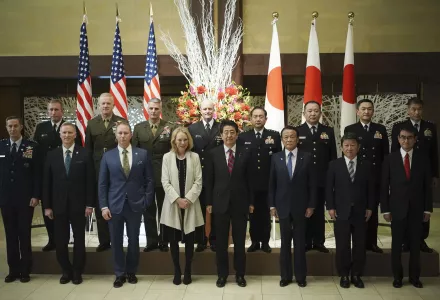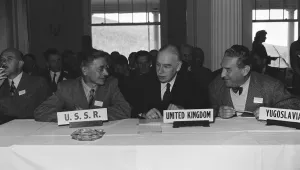International Security is America's leading peer-reviewed journal of security affairs.

Summary
Why did the hub-and-spokes alliance system, and not a multilateral alliance, emerge in East Asia after World War II? A social exchange network approach explains how three U.S. allies—Japan, South Korea, and Taiwan—contributed to the emergence and shape of the hub-and-spokes system, which came into being as an unintended consequence of their interactions. Understanding the origin of this system enables scholars and policymakers to identify how and why the U.S. alliance system in the region is changing, as well as devise appropriate policy responses.
Yasuhiro Izumikawa, "Network Connections and the Emergence of the Hub-and-Spokes Alliance System in East Asia," International Security, Vol. 45, No. 2 (Fall 2020), pp. 7-50, doi.org/10.1162/isec_a_00389.



